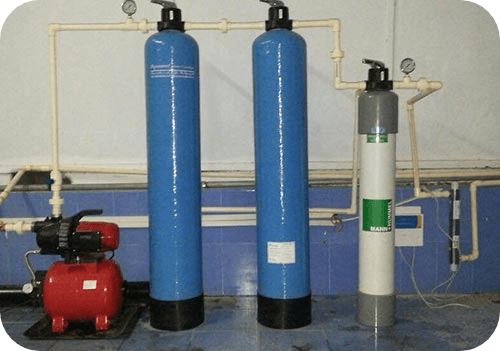India's First Electrostatic Disinfectant Sprayer
With an increase in hygiene and cleaning consciousness amongst people around the world, Electrostatic spraying is the new game-changer.
Electrostatic spray disinfecting is the process of spraying an electrostatically charged mist onto surfaces and objects. It works on the entirety of all surfaces and takes 1 to 5 minutes, depending on the disinfectant used. This new technology provides more coverage and sanitation in hard-to-reach areas, killing 99.99% of all pathogens.










